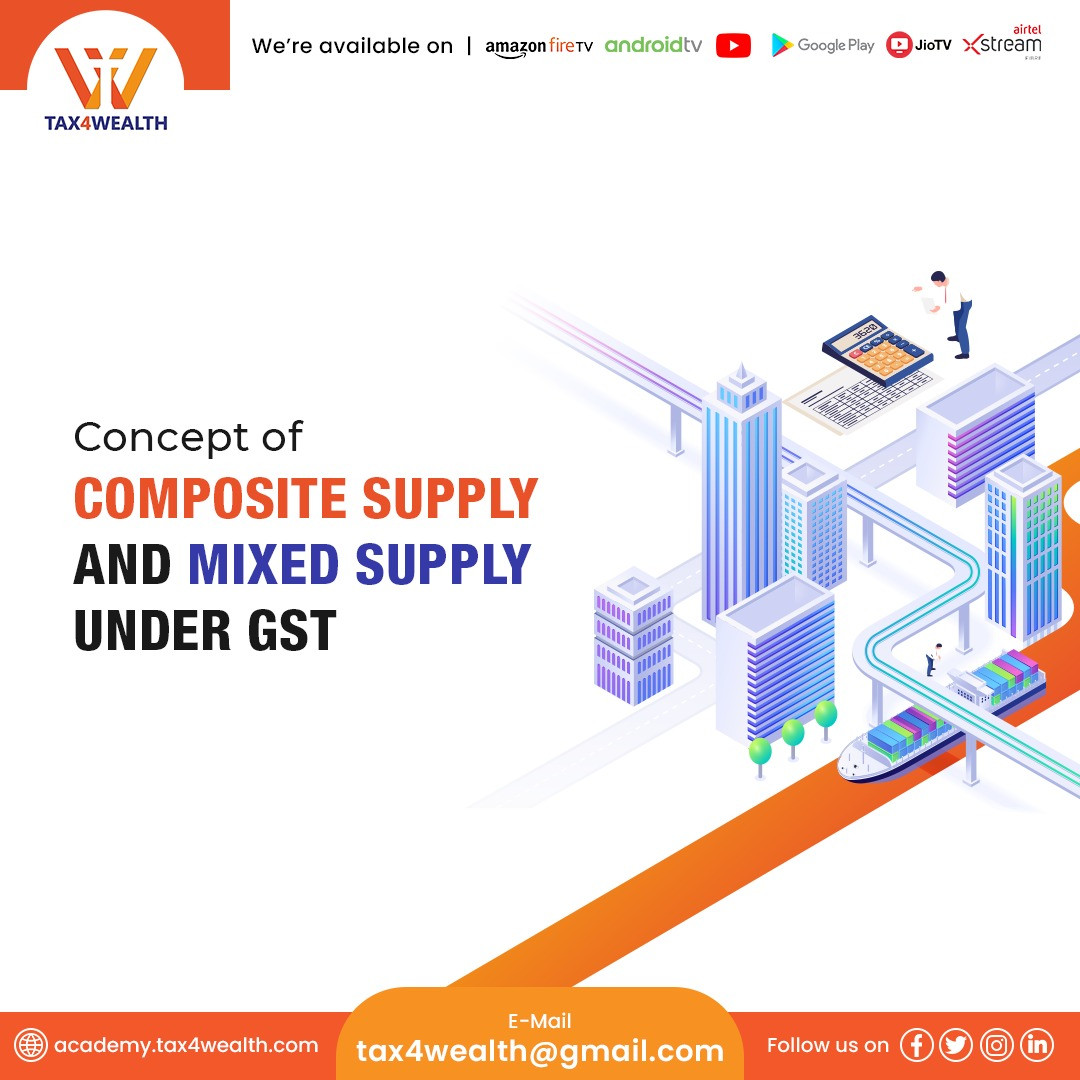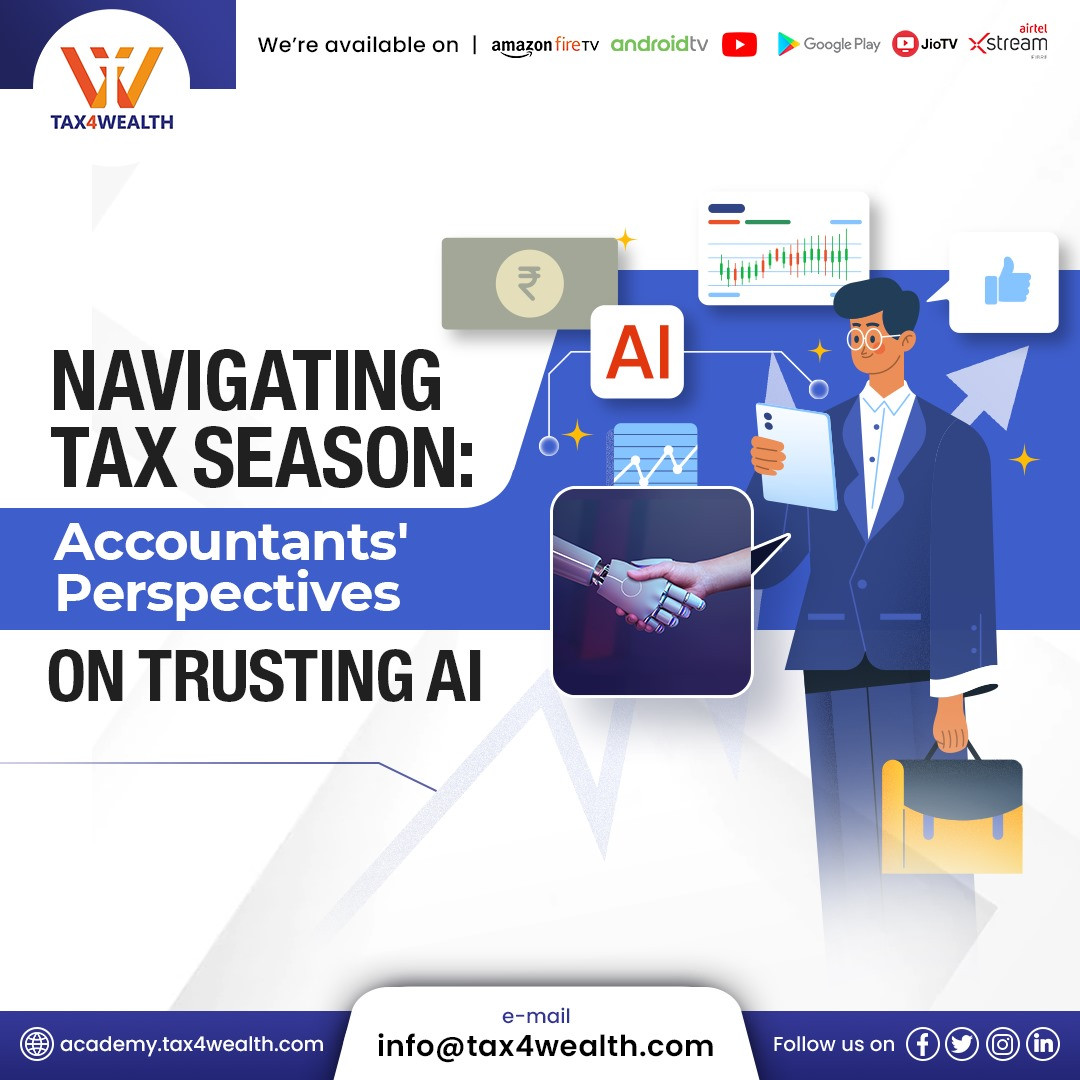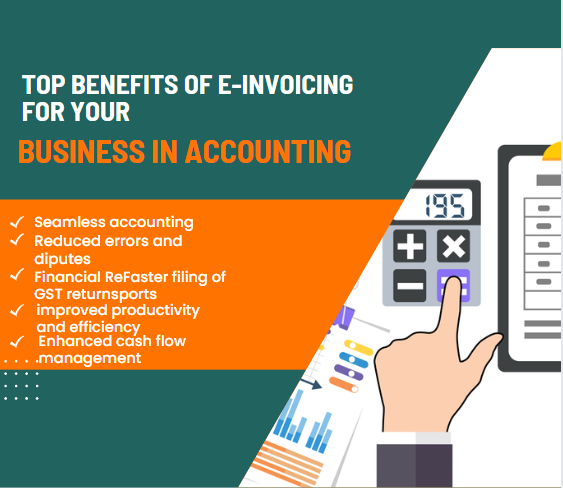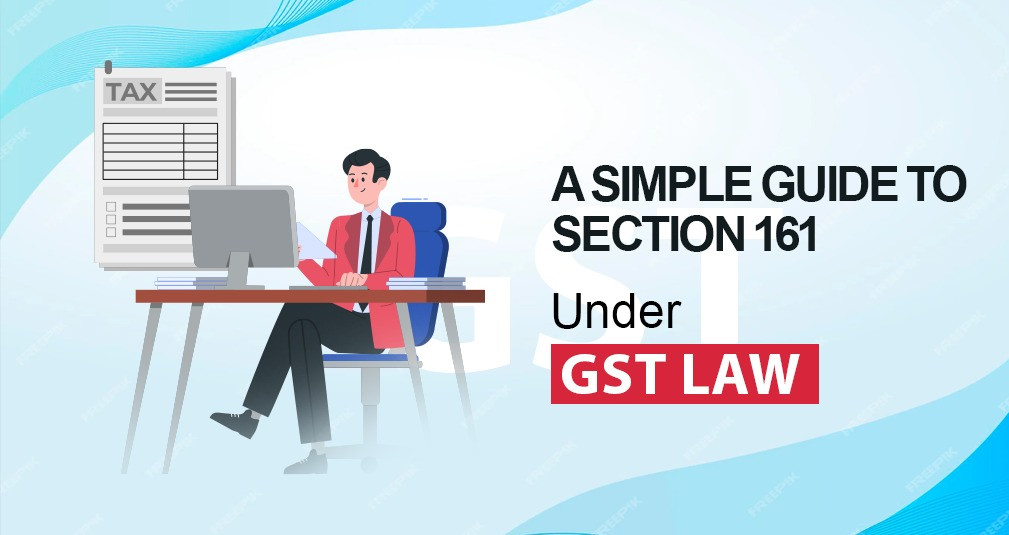
Applicability of e-invoicing under GST
The GST system was introduced in India to implement a uniform tax system in the country. The Government of India, while implementing this system, had told that GST would be made an automatic tax system. To achieve the goal of automation in the GST system, the e-invoicing process was introduced.
In this article, we will go through the various dimensions of relevance and applicability of the e-invoicing process.
Table of content
1. What is the e-invoicing process?
2. Why was the e-invoicing system adopted?
3. What are the benefits of the e-invoicing process?
4. What are the main details to be mentioned in an e-Invoice?
5. What is the scope of e-invoicing?
6. For which type of business e-invoicing is mandatory?
7. Which types of businesses are exempted irrespective of turnover for e-invoicing?
8. Through which mode e-invoice can be generated?
9. Can the e-Invoice be canceled?
10. What is the process to generate an e-Invoice?
11. What is the applicability of e-invoice?
12. Conclusion
1. What is the e-invoicing process?
E-invoicing is a process of automatically reporting under the GST system to facilitate the filing of B2B i.e., business-to-business invoices as monthly returns. The e-invoicing system has been introduced as a unified standard so that all GST-registered invoices are streamlined to a single standard across the industry and automatically implemented across software and platforms.
Also, read; Issues and Challenges of E-Invoicing Under GST
A unique Invoice Reference Number (IRN) is generated for each challan by IRP after successful authentication by generating e challan in Tally Prime, the best e-invoicing software solution for businesses in India. With IRN each invoice is digitally signed and a QR code is attached. In this way, the process of e-invoicing is completed.
2. Why was the e-invoicing system adopted?
The main objective of adopting the e-invoicing system is to remove the complexity of the GST return process. There are currently hundreds of billing software in existence. Invoices issued by them, although they look the same, are not understood by all computer systems. For example, an invoice cannot be read by accounting software that has been prepared using another accounting software.
Hence the need for an e-invoicing process was felt to establish a unified benchmark.
3. What are the benefits of the e-invoicing process?
- The biggest advantage of the e-invoicing process is it simplifies the return system and reduces the challenges related to GST returns.
- B 2 B details are auto-captured in GSTR-1 return on uploading of invoice.
- Tax evasion may be decreased with the use of a comprehensive trail of B2B invoices and system-level input credit and output tax matching.
- Reduction in the number of fake challans saves the energy and resources of the tax administration thereby increasing their efficiency.
- It ensures the authorities have information about all transactions in real-time.
- Due to the e-invoice system if someone tries to claim a fake tax credit, it is easy for GSTN to track them.
- E-invoicing minimize fake GST invoices and ensure that input tax credit is claimed on real GST invoices due to automation and thorough checks.
4. What are the main details to be mentioned in an e-Invoice?
About 30 details must be entered in any e-invoice. Which mainly field name, description, document type code, supplier details like name, GSTIN, address, location, state code, pin code, document number, document date, recipient name, GSTIN, address, state code pin Code, location, invoice reference number, etc.
5. What is the scope of e-invoicing?
The e-invoicing process was not implemented suddenly but was progressively expanded by the GST Council. First, e-Invoice was implemented on October 1, 2020, for businesses with an annual turnover of more than 500 crores. On January 1, 2021, e-invoicing was made mandatory for businesses with an annual turnover of more than 100 crores. On April 1, 2021, e-invoicing was made mandatory for companies with an annual turnover of more than 50 crores.
E-invoicing was made mandatory for businesses with an annual turnover of more than 20 crores on April 1, 2022. On October 1, 2022, e-invoicing was made mandatory for businesses with an annual turnover of more than 10 crores. From January 1, 2023, e-invoicing is expected to become mandatory for businesses with an annual turnover of more than 5 crores.
6. For which type of business e-invoicing is mandatory?
E Invoice is mandatory for all those businesses which are registered under GST and issuing B2B invoices in a phased manner as discussed above.
7. Which types of businesses are exempted irrespective of turnover for e-invoicing?
The following categories of businesses have been exempted from e-invoicing under GST, irrespective of their turnover. e.g., Special Economic Zone units, an insurer, an NBC, a goods transport agency, a banking company, a financial institution, a person supplying passenger transportation service, a person supplying services of admission to the exhibition to the cinematographic films in multiplex services.
8. Through which mode e-invoice can be generated?
All the mediums are being provided to generate the e-invoice. It is up to the taxpayer as to which medium he uses to generate e-Invoice as per his convenience. Arrangements have been made to generate e-invoices through the web, through API, through SMS, through a mobile app, on a GSP basis, and office tool base basis.
9. Can the e-Invoice be canceled?
The provision for cancellation of e-invoices has been made under the rules of GST. But no e-invoice can be partially canceled. Rather, the e-invoice must be canceled completely. If an e-Invoice is canceled, the IRN must be notified within 24 hours.
If the e-invoice is canceled after 24 hours, the same must be done by the GST portal and the process is manually edited. But this cancellation process must be done before filing the return. Once an e-Invoice is canceled, the e-Invoice number is not used again. In doing so, the IRP rejects it.
10. What is the process to generate an e-Invoice?
- Generation of Invoices using Billing Software as per the prescribed format
- Generation of Challan Registration Number i.e., IRN
- Uploading of Challan-to-Challan Registration Portal i.e. IRP
- IRP Verification of Invoice Information
- Generation of Digital Signature and QR Code
- E-Way Bill Portal and E Challan Data Transmission in GST System.
- E-Invoice Receipt Returning to supplier's ERP.
11. What are the applicabilities of e-invoices?
The use of the e-invoicing process under the GST mechanism also brings a lot of benefits to the business:
A.) The E-invoicing process helps a lot in reconciling the data. This makes mismatch errors very easy to remove.
B.) E-invoices created on one software can be easily read on other software with E-Invoice. This also helps a lot in removing errors related to the entry of data. Especially the process of GST return becomes easy.
C.) Real-time tracking of invoices generated by the supplier through the e-invoicing process enables timely action against any possibility of irregularities.
D.) The E-invoicing process enables real input tax credits to be available easily and at a faster pace.
E.) The E-invoicing process reduces the need for surveys and audits by tax authorities. This saves government resources. Due to this process, the necessary information for the tax officers is available only on business transactions.
F.) The e-invoicing process enables small-scale businesses to have easy and fast access to formal credit avenues such as invoice discounting or financing.
G.) The e-invoicing process creates opportunities for small-scale businesses to work with large enterprises while establishing better customer relationships.
H.) With backward integration and automation of the GST return filing process through the e-invoice process, relevant details of the e-invoice will be auto-populated in various returns with ease. This makes it easy to generate Part A of the e-way bill.
I.) The e-invoicing process also helps the government in curbing tax evasion.
Also, read; How to Identify Fake GST Invoice?
12. Conclusion:
The e-invoicing process is extremely important to make the GST system more automated. While this process has simplified the GST return process, it has also succeeded in curbing tax evasion.
The e-invoicing process, brought in to achieve the goal of transparency and automation in the GST tax system, has proved its relevance over some time.
Related News
No comments yet, Be the first to comment.













